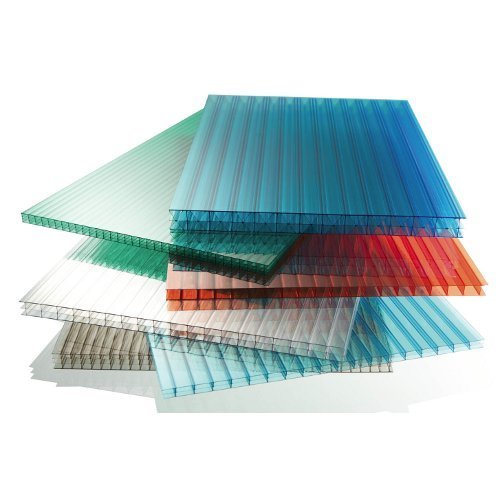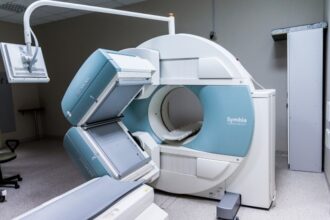Polycarbonate is highly resistant plastic to impacts and is very durable. Greenhouses and skylights are sometimes made out of it instead of glass, but what accounts for its strength? Here’s more information about the manufacturing of the material.
What Is Polycarbonate?
A polycarbonate is a form of amorphous thermoplastic used to make items requiring high impact resistance and transparency. Iit is strong and durable. Greenhouses, skylights, and bulletproof windows are all examples of applications for this material.
The material is also widely used in the aerospace and electronic industry, and medical devices.
Dr Hermann Schnell, a German inventor, developed the substance in 1953 and Bayern, a German firm, brought it to market in 1958.
How Is Polycarbonate made?
Polycarbonate is a copolymer made up of multiple monomers. Each of the monomers in this mixture has distinct characteristics, including:
- Scratch resistance
- Heat and chemical action resistance
- Glare reduction
- Durability
- UV resistance
- Abrasion resistance is excellent
Bisphenol A creates polycarbonate through a process known as polymerisation. Bisphenol A (BPA) is a liquid obtained from chemical compounds benzene and phosgene. The final product exhibits strength and adaptability.
Polycarbonate is so prevalent that it is manufactured in huge quantities. According to a recent study, worldwide production of polycarbonate reached 5,000 kilotons each year over the previous five years. If this number seems significant, keep in mind that projections anticipate exponential growth.
In fact, the total production capacity will reach 3.15 million tons in China alone over the next several years.
Currently, China and the United States are the primary producers of this material worldwide, with South Korea, Germany, and Japan following closely.
Polycarbonate comes in a variety of grades.
Polycarbonate sheeting is produced frequently at a grade 6 quality. However, there are numerous grades available. Polycarbonate films, flame-retardant panels, and reinforced and crack-resistant sheets are only a few examples of polycarbonate products.
Manufacturers melt polycarbonate pellets and mould them into the required form to create the various grades. Injection moulding, extrusion, vacuum forming, mould blowing, and structural foam moulding are techniques employed.
Polycarbonate does not get broken down by the fire.
One of the polycarbonate’s most distinctive characteristics is that it does not degrade at high temperatures, allowing manufacturers to create a wide range of polycarbonate grades.
Polycarbonate softens as it approaches the melting point of 155°C, which is higher than other plastics. The amorphous structure of the material allows it to maintain its shape up to 155°C, and it can be melted, moulded, cooled down, reheated, and then re-melted over and over.
Polycarbonate, on the other hand, can be reheated many times during moulding and break down if reheated again. Polycarbonate is one of the most versatile and environmentally friendly kinds of plastic available.
Polymersiation is the process that creates polycarbonate sheets. This process is where small molecules are combined to create chains or networks. The polycarbonate resin is then formed into the desired shape and cured under heat and pressure. In order to achieve the intended properties, additives such as reinforcing agents, UV stabilisers, and plasticisers may be used.















